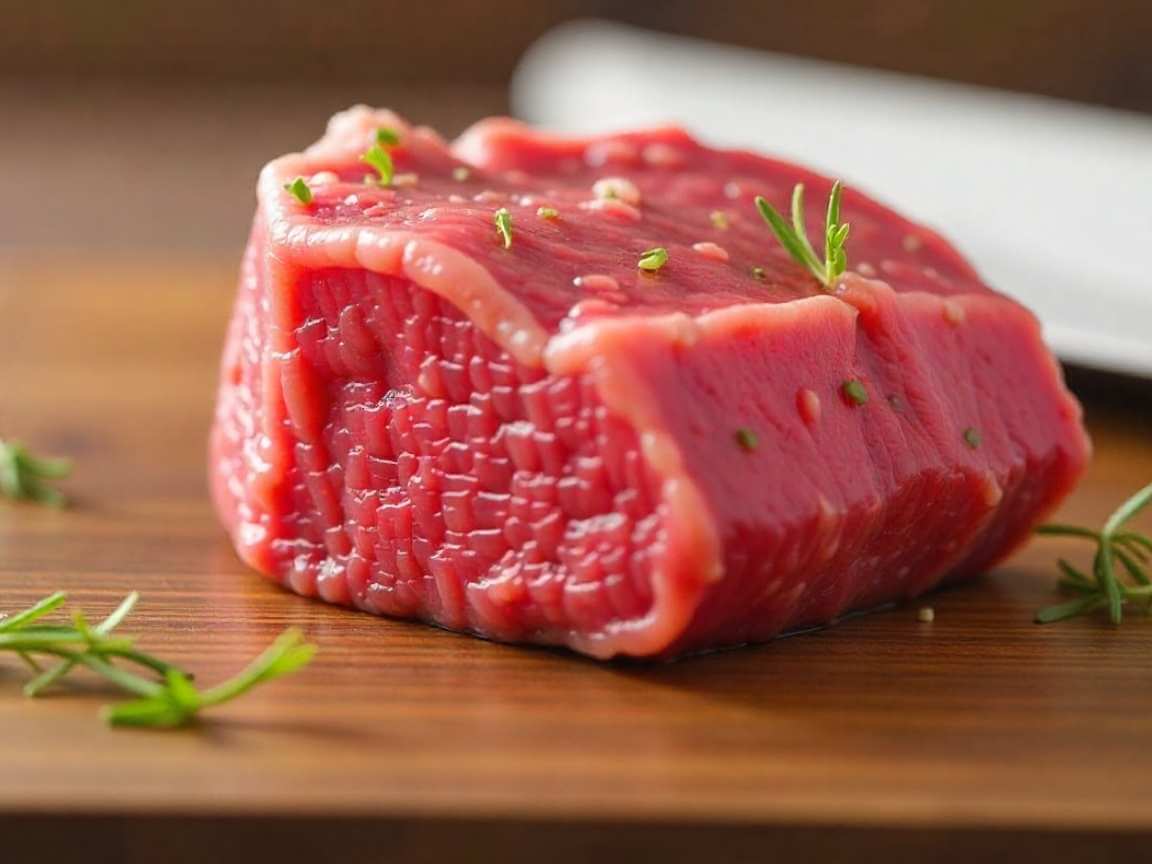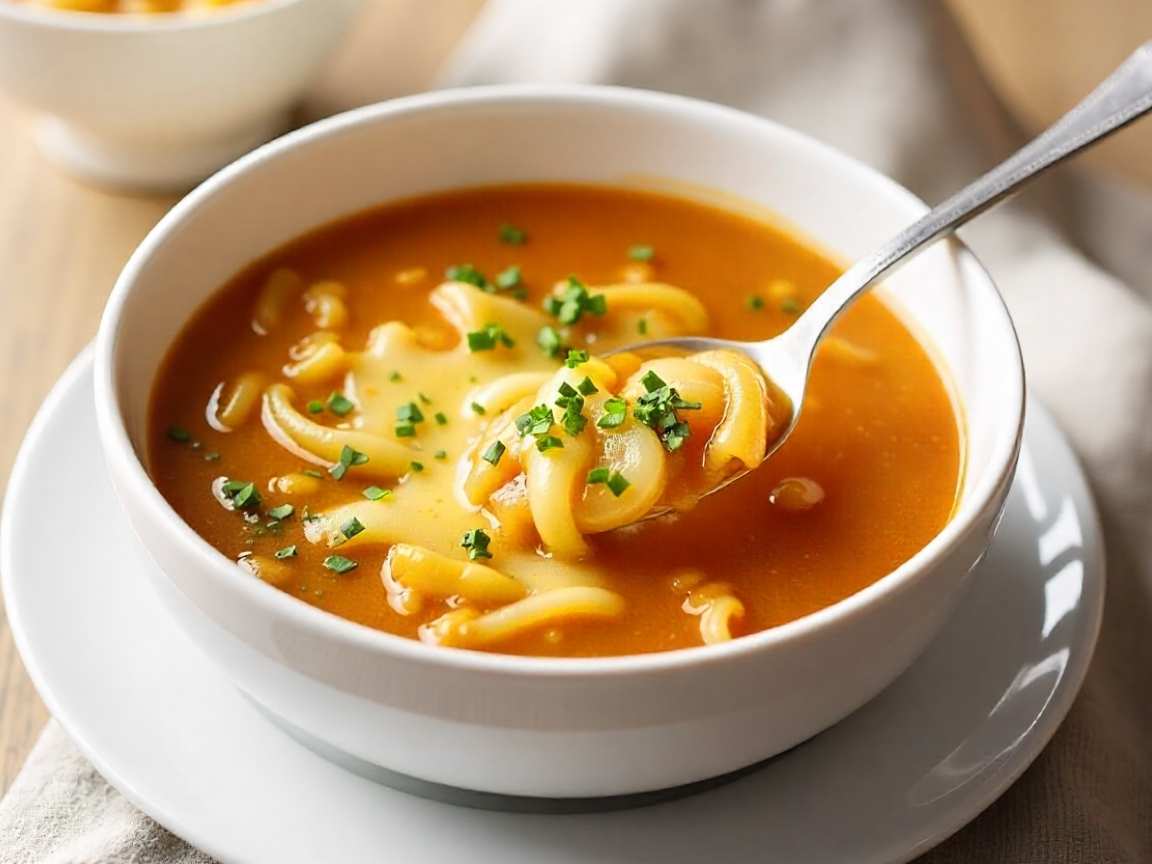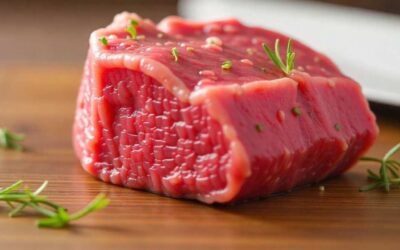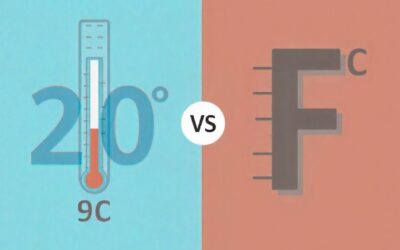Chicken is often referred to as a hero of healthy meals. It’s versatile, packed with lean protein, and works perfectly for those aiming to improve their fitness, maintain a balanced diet, or whip up a delicious homemade dish. But how much chicken counts as a serving? If you’ve wondered this while planning meals or logging calories, don’t worry—we’ve got you covered.
This comprehensive guide will break down how many ounces of chicken constitute a serving, provide helpful portioning tips, and explain how to incorporate it effectively into your meals. Whether you’re meal prepping for the week, tracking your macros for fitness goals, or just trying to cook balanced meals, this post is for you.
The Standard Chicken Serving Size

The USDA (United States Department of Agriculture) defines a serving size of cooked chicken as 3 ounces. For raw chicken, remember that weight will reduce by about 25% after cooking due to water loss, meaning you’ll need roughly 4 ounces of raw chicken to yield the standard cooked serving size.
What Does 3 Ounces of Chicken Look Like?
Understanding portion size visually can make mealtime easier, especially if you don’t have a kitchen scale handy. Three ounces of chicken is roughly the size of your palm (not including your fingers). It’s also about the size of a deck of playing cards or your smartphone.
- Boneless, skinless chicken breast (~3 ounces): About half of a small chicken breast or a third of a large one.
- Drumstick (~3 ounces): One medium drumstick.
- Chicken wings (~3 ounces): About 3-4 smaller wings.
If exact portions matter to you, using a food scale is your best bet. However, visual estimations work great for everyday meals.
The Nutritional Breakdown of a 3-Ounce Serving
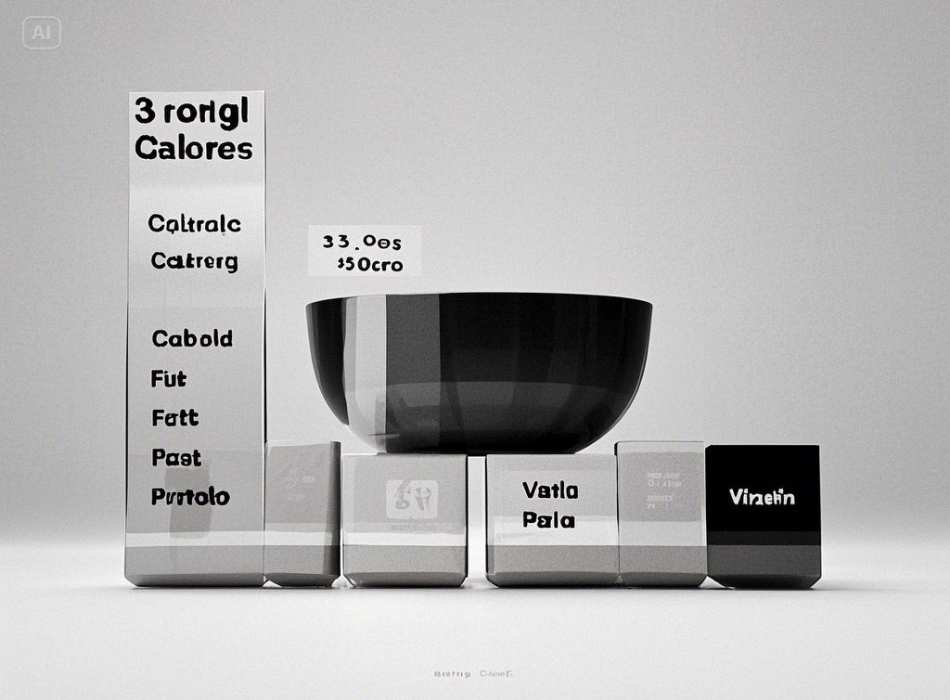
Chicken is praised for being rich in protein while low in fat and carbs, making it an excellent staple in any balanced diet. Here’s the approximate nutritional content of a 3-ounce serving of boneless, skinless chicken breast:
- Calories: 140
- Protein: 26 grams
- Fat: 3 grams
- Carbohydrates: 0 grams
Dark meat (like thighs or drumsticks) tends to have slightly more fat and calories but is also juicier and more flavorful. For example, the same 3-ounce serving of cooked chicken thigh (without skin) contains about 170 calories, 23 grams of protein, and 8 grams of fat.
Why is Protein Important for Health and Fitness?
Protein is essential for repairing muscle, supporting growth, and keeping you feeling full longer. Fitness enthusiasts and athletes favor chicken because it’s lean and easy to prepare. A serving of chicken breast provides more than half the recommended daily protein intake for most adults (depending on activity levels and individual needs).
Adjusting Chicken Servings Based on Your Goals

The standard 3-ounce serving may not be enough for everyone’s nutritional needs, especially if you’re active or have specific dietary goals. Here are some scenarios where you may need more or less:
- For Weight Loss: Stick with the standard 3-ounce serving size for portion control. It’s low in calories and protein, making it ideal for packed, nutrient-dense meals.
- For Muscle Building: To boost daily protein intake, target larger servings (e.g., 6-8 ounces per meal) or add snacks like boiled eggs or Greek yogurt to meet your goals.
- For Balanced Meals: Pair 3-4 ounces of chicken with a mix of complex carbohydrates (such as quinoa or sweet potatoes) and a hearty serving of vegetables.
Remember, your portion size and protein requirements depend on age, weight, activity level, and overall dietary habits. Consulting a registered dietitian or nutritionist can help tailor your serving sizes and macros to fit your lifestyle.
How to Measure Chicken Serving Sizes Without a Scale
No food scale? No problem. Here are some handy tips for estimating your chicken portion size:
- Palm Method: One palm of chicken breast equals approximately 3 ounces. For more significant portions, use two palms (about 6 ounces).
- Visual Comparisons: Think deck of cards or smartphone size for a single 3-ounce serving.
- Dishware Clues: Serve chicken on a standard dinner plate. Aim for the chicken to take up about 25% of the plate, leaving the rest for vegetables and grains.
Tips for Cooking the Perfect Chicken Serving
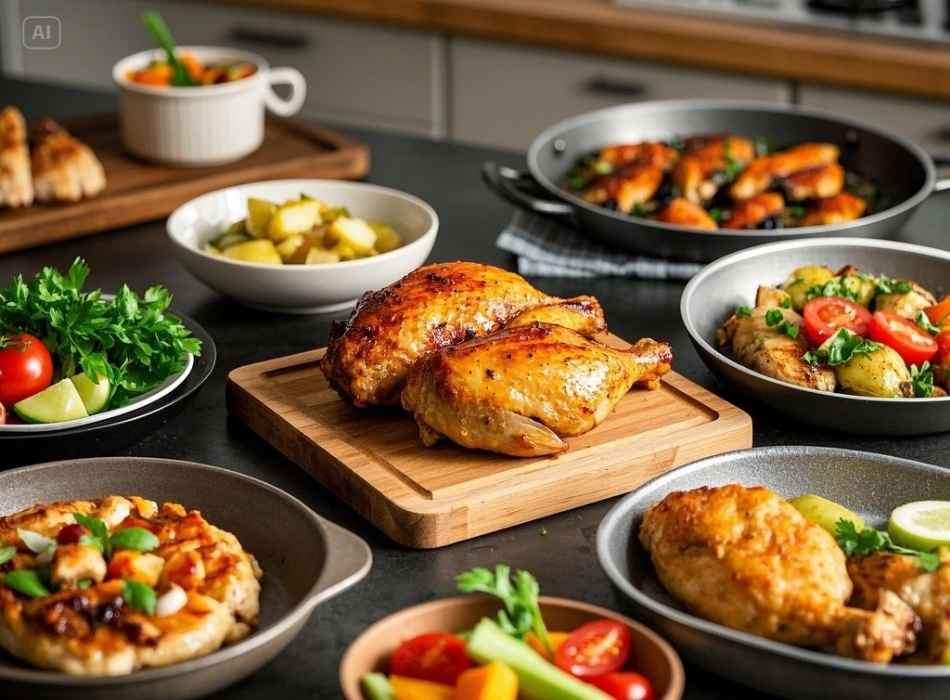
Cooking chicken in healthy ways ensures you’re getting the most nutritional benefit. Avoid deep frying or using heavy, creamy sauces that load unnecessary calories. Here are a few healthier options:
- Grilled Chicken: Retains the juiciness with a minimal addition of oil.
- Baked Chicken: A foolproof method to prepare multiple servings for meal prep.
- Poached Chicken: Perfectly tender chicken with no added fats.
- Air-Fried Chicken: A crispy alternative to deep frying without the excess oil.
Adding flavorful but low-calorie seasonings like garlic, paprika, or lemon juice can elevate your chicken dishes without sabotaging your dietary goals.
Common Questions About Chicken Servings
Is It 3 Ounces of Raw Chicken or Cooked Chicken?
Serving sizes typically refer to cooked chicken. Always consider the weight reduction when cooking raw chicken (about 25% water loss on average). Measure accordingly if you’re tracking calories or macros.
Can I Eat More Than One Serving?
Absolutely! If you have higher dietary protein needs (e.g., bodybuilding), doubling your serving size to 6 ounces is common. Just adjust the rest of your plate to maintain balance in your meal.
Are Other Parts of the Chicken Healthier?
Chicken breast is the leanest option, making it ideal for low-fat diets. Thighs and drumsticks, while slightly higher in fat, are still excellent protein sources and can fit into most balanced diets.
Why Chicken Servings are Key to Healthy Living
For fitness enthusiasts and those focusing on balanced eating, understanding what constitutes a serving of chicken is a simple yet impactful way to fuel your body correctly. Chicken is an incredibly versatile, nutrient-dense protein that fits into nearly every diet, making it a reliable and tasty meal staple. You can easily hit nutritional goals and enjoy delicious meals by measuring portions correctly and pairing them with wholesome sides.
Make the Most of Chicken in Your Diet
Chicken is proof that nutritious meals are anything but boring! Whether you’re a home cook making quick dinners or a fitness fanatic pre-planning macros, mastering portion control can elevate the quality of your meals.
Keep experimenting, stay consistent with your portions, and enjoy the process of improving your health, one serving at a time.











